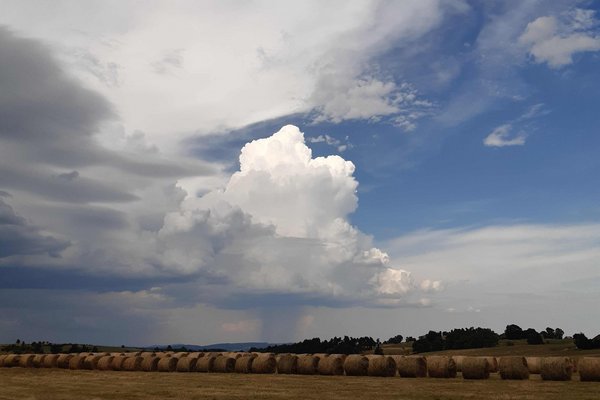
Rain rather likes dry soils in a next-generation global climate model
In a recent study, Dr. Junhong Lee and Dr. Cathy Hohenegger show that a next-generation climate model exhibits a different relationship between water…

Coordinating climate modeling to stimulate climate science
In a commentary recently published in AGU Advances, Prof. Bjorn Stevens, Director of the Climate Physics Department of the Max Planck Institute for…
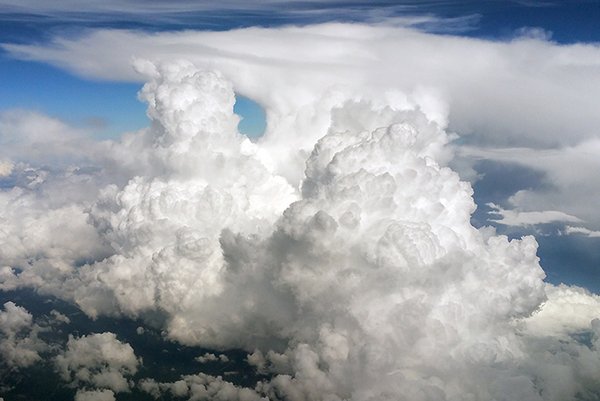
Insights into the thermal structure of the tropical troposphere
When you feel the wind on your face, see clouds in the sky, and watch a bird flap its wings in flight, you’re experiencing the troposphere. It is the…
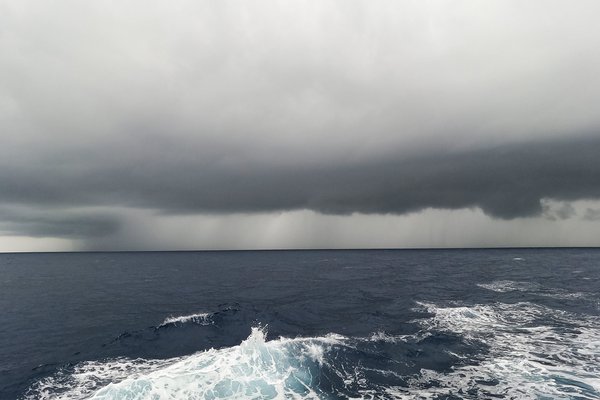
Cloud Clustering Causes More Extreme Rain
New climate model shows more extreme rainfall in the tropics with increased temperatures.
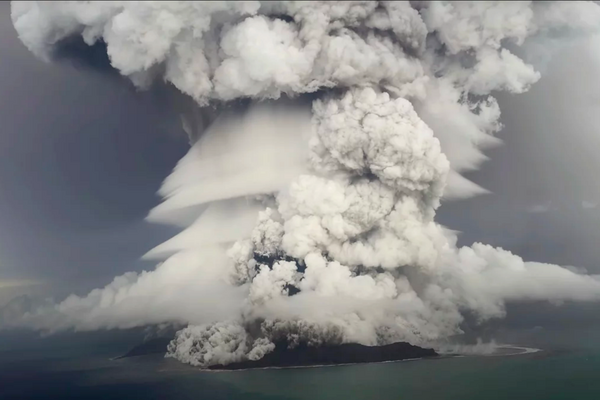
How a volcanic water vapor cloud influences its own transport through the stratosphere
Dr. Ulrike Niemeier and her co-authors have successfully simulated the transport of a volcanic water vapor cloud through the stratosphere. The…
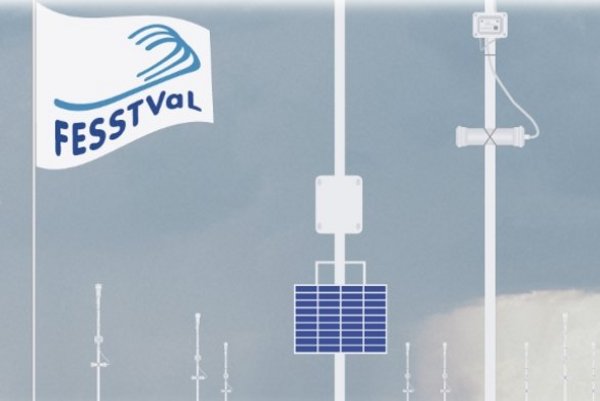
When thunderstorms light up scientists' eyes: first results from the field campaign FESSTVaL
In a recent study, Dr. Cathy Hohenegger, group leader in the climate physics department, reports on the measurement effort called the Field…
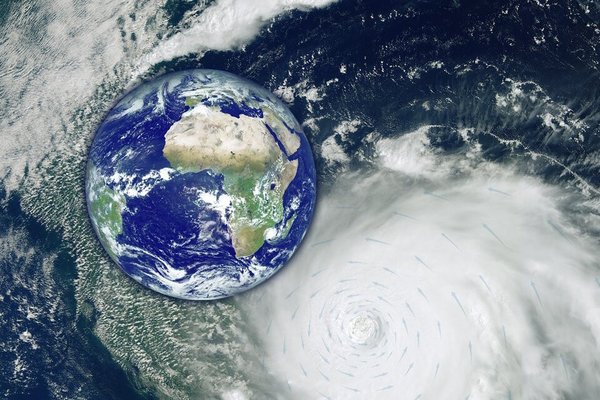
Wivern Earth Explorer candidate goes forward
The satellite mission Wivern has been selected by the European Space Agency ESA as one of two remaining candidates to progress to the next…

Testing mechanisms of wave generation in the lower stratosphere using superpressure balloons
Dr. Laura Köhler and Dr. Claudia Stephan from the Max Planck Institute for Meteorology together with their colleague Brian Green, Postdoc at Stanford…
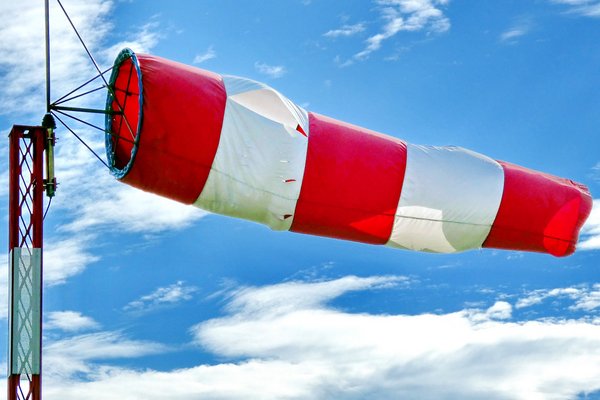
An oscillating wind system in the tropical stratosphere: future evolution and new projections
The “quasi-biennial oscillation” (QBO) is a well-known wind system characterized by alternating layers of westerly and easterly winds encircling the…
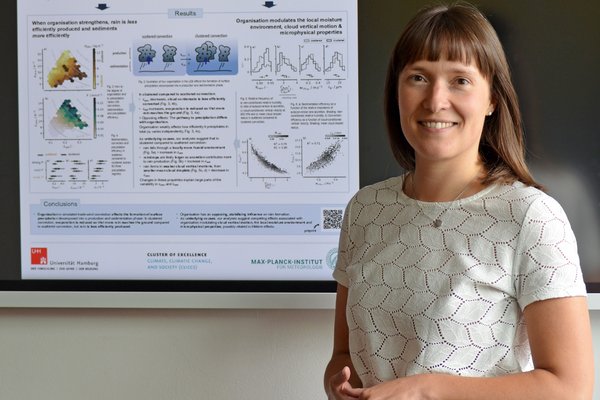
Jule Radtke receives 2023 CFMIP-GASS early career scientist award
Jule Radtke, postdoctoral researcher in the joint CLICCS working group on Drivers of Tropical Circulations of the Max Planck Institute for…
![[Translate to English:] Credit: Luca Schmidt](/fileadmin/_processed_/6/6/csm_T_Aktuelles_LucaSchmidt_889daf9eb4.jpg)
Tracking the partitioning of rain
Can land receive more rain than the ocean? One might think that the obvious answer is “Yes”. But land and ocean are two components of a coupled…
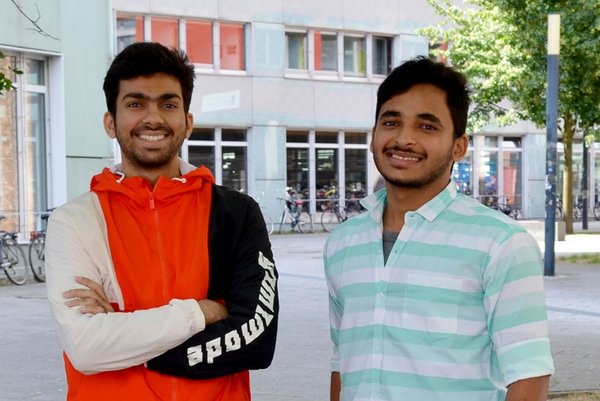
Indian Master's students start work at the Max Planck Institute for Meteorology as part of the IISER-MPG Master's Internship Program
The Max Planck Institute for Meteorology is a partner in a new cooperation program of the Max Planck Society with the Indian Institutes for Science…

